Top Things to Know Before Embarking on Your Cottage Garden Design
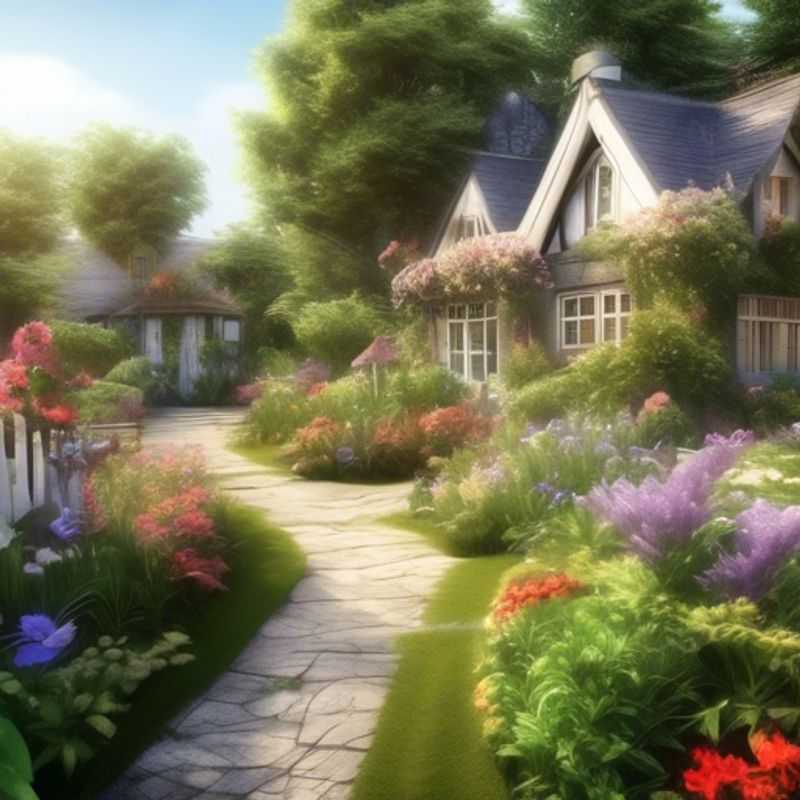
Top Things to Know Before Buying Cottage Garden Design: Understand Your Climate, Research Plants, Plan for Variety, Embrace Whimsical Elements, Leave Space for Paths and Seating, Choose Low-Maintenance Options, and Embrace a Natural Look
Before diving into the charming world of cottage garden design, there are a few essential factors to consider. This approach ensures your garden thrives, offering a beautiful and functional space you can enjoy for years to come.
First, understand the climate and soil conditions of your garden area.
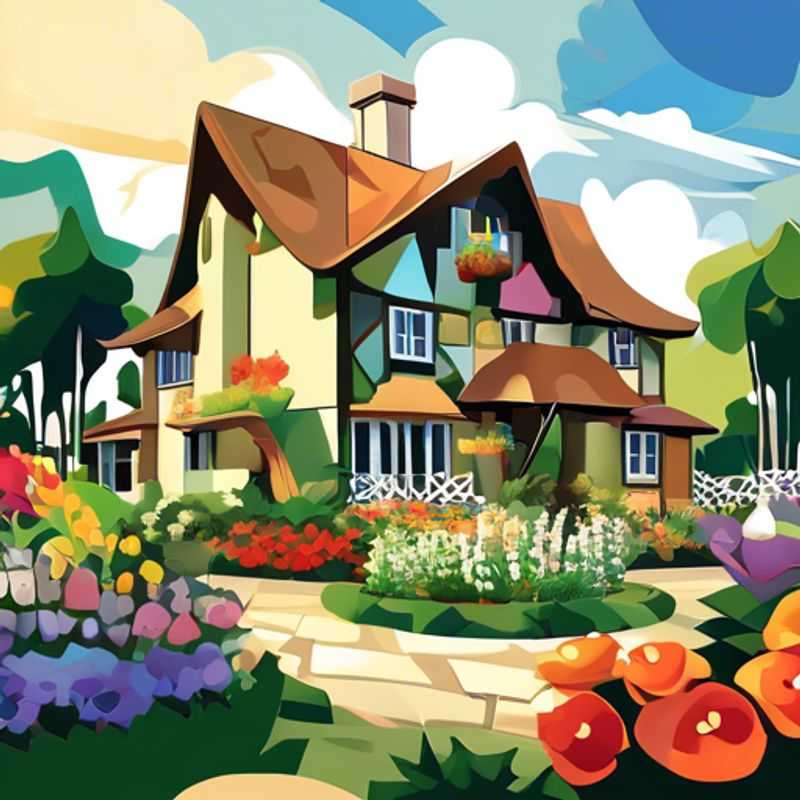
Understanding Your Garden's Climate and Soil: A Guide to Success
Understanding your garden's climate and soil is crucial for successful gardening. This knowledge helps you choose the right plants, optimize water usage, and reduce the need for chemical inputs, ultimately contributing to a sustainable and thriving garden.
Climate:
Your garden's climate, including temperature, rainfall, and sunlight hours, dictates which plants will thrive. Knowing your USDA plant hardiness zone, which indicates average minimum winter temperatures, is essential for selecting plants that can withstand your local climate.
Soil:
Soil type influences drainage, nutrient availability, and pH, all factors affecting plant growth. Soil testing is a valuable tool for understanding your soil's composition. You can purchase testing kits from garden centers or have samples analyzed at your local agricultural extension office. Based on the results, you can implement appropriate soil amendments like compost, lime, or sulfur to improve your soil's condition.
Practical Tips:
Observe your garden's existing vegetation. The types of plants thriving naturally in your area can be indicators of your soil's conditions. Consult local gardening resources or online databases for information about plants suited for your climate and soil type. By understanding your garden's unique characteristics, you can make informed choices for a sustainable and successful garden.
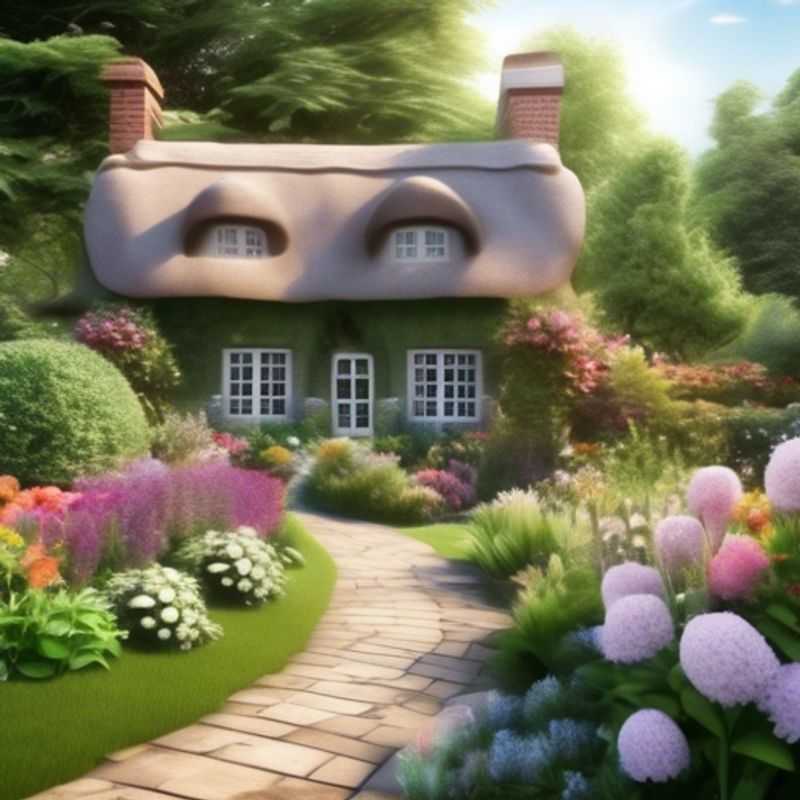
Cottage Garden Blooms: Choosing the Perfect Plants for Your Rustic Retreat
Creating a cottage garden involves selecting a mix of perennial and annual plants that promote a lush, informal look. Key plants that thrive in this style include roses, delphiniums, larkspur, and hollyhocks. These flowers tend to bloom at different times, ensuring continuous color throughout the growing season. Incorporating herbs like lavender, sage, and thyme not only enhances the aesthetic but also attracts beneficial insects.
When planning your cottage garden, consider the soil type and sunlight exposure. Most cottage plants prefer well-drained soil and full sun to partial shade. Mulching can help retain moisture and suppress weeds, making maintenance easier. Additionally, grouping plants with similar water needs can improve efficiency in watering.
For a successful cottage garden, it's essential to plan for maintenance costs such as soil amendments, fertilizers, and pest control. Depending on your region, you may also need to budget for seasonal plants that need to be replaced annually. If you're considering hiring a landscape designer or purchasing specialized tools, factor those costs into your overall budget.
In summary, focus on a diverse selection of plants, proper soil conditions, and maintenance planning to create a thriving cottage garden. For more detailed information, consider researching specific plants and local gardening resources online.
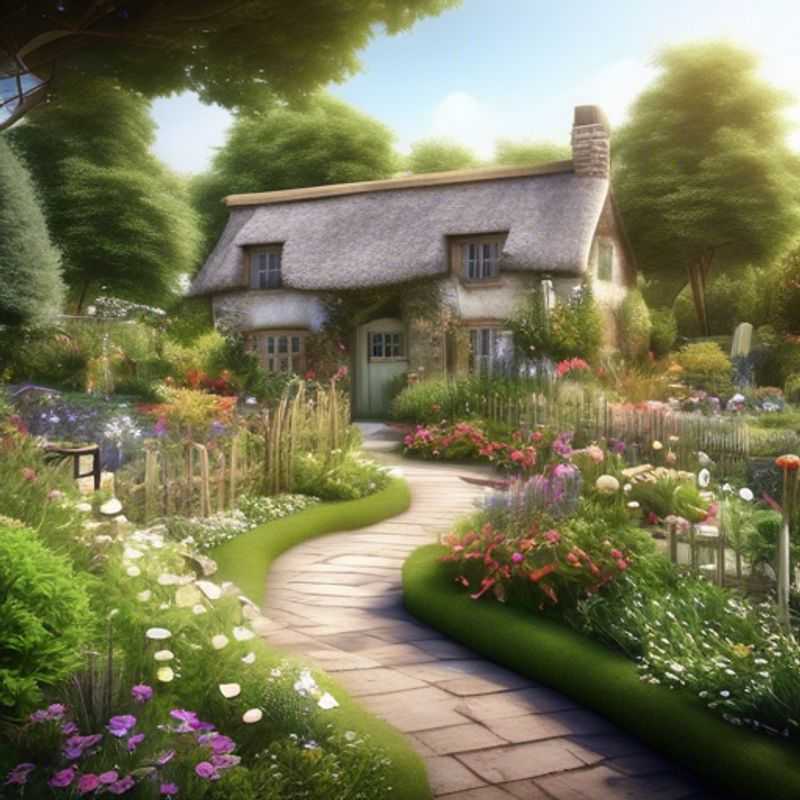
Plan for a Mix of Perennials, Annuals, and Flowering Shrubs: A Guide to Garden Variety
A diverse garden with perennials, annuals, and flowering shrubs not only enhances beauty but also supports biodiversity. Here's a simple approach to planning your garden:
Perennials: These plants live for more than two years, offering long-term color and structure. Choose perennials with varying bloom times to ensure continuous color throughout the growing season. Consider factors like sun exposure, soil type, and mature size when selecting perennials.
Annuals: Annuals complete their life cycle within a year, providing vibrant bursts of color for a single season. Annuals can be used to fill gaps in your garden or add a splash of color to containers. Remember to choose annuals that thrive in your climate and provide them with regular watering and fertilizer.
Flowering Shrubs: These woody plants add vertical interest and structure to your garden. Choose flowering shrubs that provide blooms throughout the year, offering continuous beauty and attracting pollinators. Consider their mature size and growth habits to ensure proper spacing.
Planning Tips:
• Consider your climate and growing zone: This will determine which plants thrive in your area.
• Analyze your soil type and sun exposure: Choose plants that suit these conditions.
• Research the mature size of each plant: This will help you plan spacing.
Costs:
• Plant costs vary depending on the type and size: Budget for plant purchases, including perennials, annuals, and shrubs.
• Soil amendments may be necessary: Consider the cost of soil testing and adding compost or other amendments to improve soil quality.
• Watering tools and fertilizers: These will be ongoing expenses for maintaining your garden.
• Consider labor costs if you're hiring a professional: This can include design, installation, and ongoing maintenance.
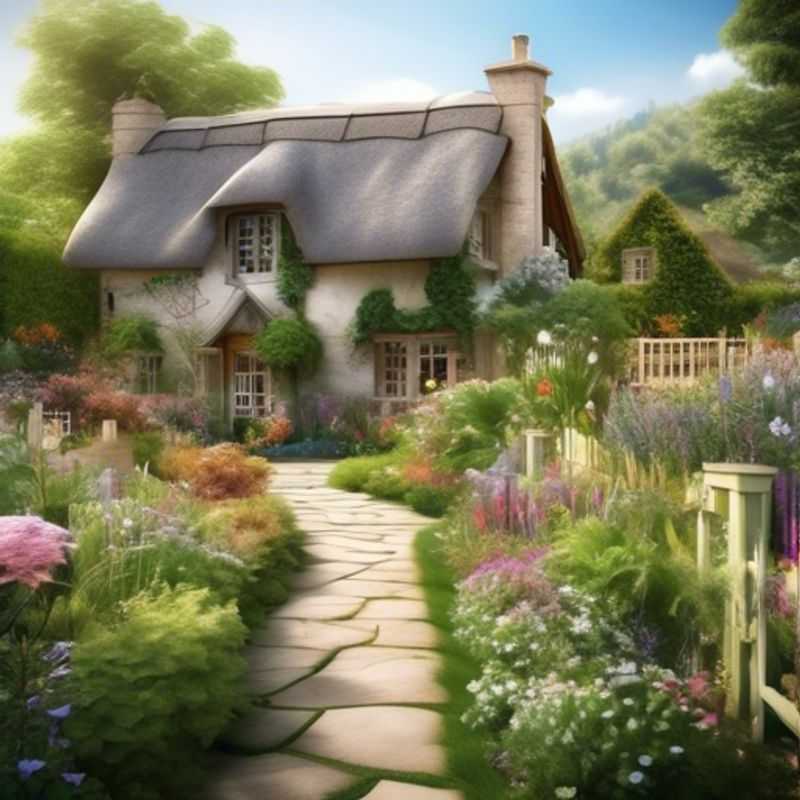
Adding Whimsy to Your Garden: Trellises, Birdbaths, and Garden Art
Incorporating whimsical elements into your garden can transform it into a personal oasis. Trellises, birdbaths, and garden art add visual interest and create a sense of tranquility.
Trellises not only provide support for climbing plants, but also create vertical layers in the garden. Consider using a trellis as a backdrop for a seating area or to define a space. Birdbaths attract feathered visitors, adding life and movement to the landscape. Choose a birdbath with a shallow basin for easy access and a wide lip for perching.
Garden art, from sculptures to wind chimes, adds personality to your outdoor space. Consider using materials that complement the existing landscape, such as stone, metal, or wood. Remember to choose pieces that resonate with your personal style and reflect the overall aesthetic of your garden. When planning for these elements, factor in installation costs, particularly for trellises and birdbaths which might require some soil work.

Designing Your Garden: Leave Room for Paths and Seating Areas
Planning for paths and seating areas in your garden is crucial for enjoying your outdoor space. It's important to think about how you want to use the garden and how you can move through it easily. Consider leaving room for paths that are wide enough to comfortably accommodate foot traffic and potentially wheelbarrows or lawnmowers if needed. When choosing materials for paths, opt for options that are durable and low-maintenance, like gravel, stone, or pavers.
Seating areas can transform your garden into a relaxing retreat. Choose a location that provides shade or sunshine depending on your preference. Consider incorporating benches, chairs, or even a small table and chairs, depending on your needs and the size of the area. For seating materials, consider using weather-resistant materials like teak, cedar, or metal. Remember, the key is to create a comfortable and inviting space where you can truly enjoy your garden.
Investing in paths and seating areas can significantly enhance your garden experience, and can also add value to your property. However, it's essential to consider the costs associated with these additions. When planning your budget, factor in the cost of materials, labor, and any necessary permits or inspections. Don't forget to research the best deals on materials, and consider DIY options to save money, especially for simpler projects like gravel paths. If you're working with a limited budget, prioritize the most essential elements and consider phasing in the project over time.
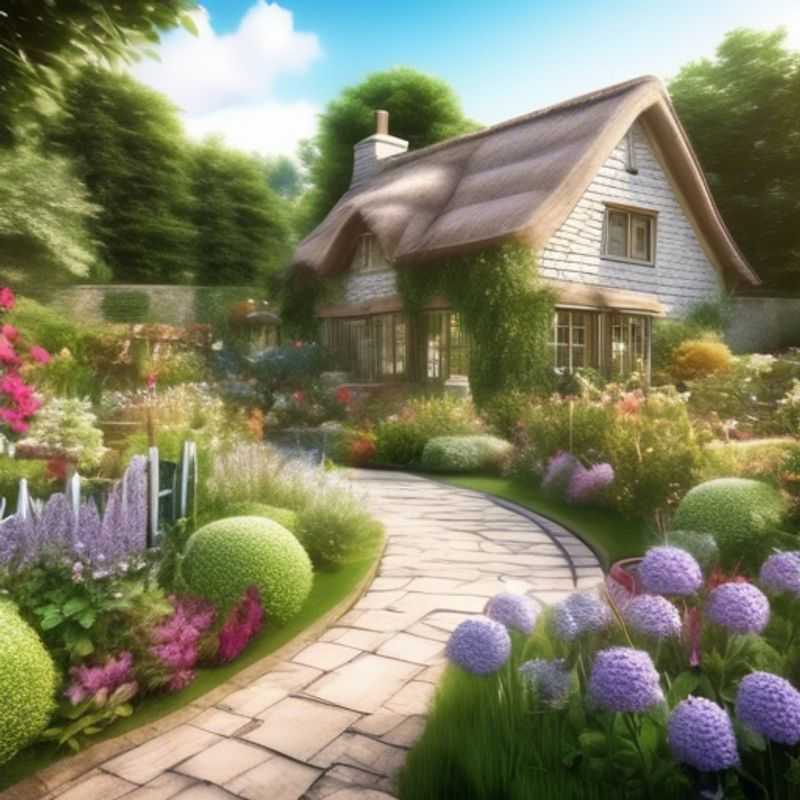
Low-Maintenance, Drought-Tolerant Plants: Landscaping for a Sustainable Future
Opting for low-maintenance and drought-tolerant plants can save you time, water, and money in the long run. These plants are naturally resilient and require minimal care, making them ideal for busy lifestyles or areas with limited water resources.
When selecting drought-tolerant plants, consider your climate and soil conditions. Native plants are generally well-suited to your local environment. For instance, succulents, cacti, and certain grasses are known for their water-saving properties. Incorporate mulch around plants to retain moisture and prevent weed growth. Drip irrigation systems are also an efficient way to deliver water directly to the roots, minimizing evaporation.
Remember that even drought-tolerant plants need some initial care. Establish proper watering techniques during the first year to encourage healthy root development. Choose plants adapted to your specific sun exposure. Plants that thrive in full sun may not fare well in shady areas and vice versa.
Embrace the beauty of native plants! They not only require less maintenance but also support local ecosystems and attract beneficial insects. Consult local nurseries or gardening resources to identify suitable drought-tolerant options for your region.
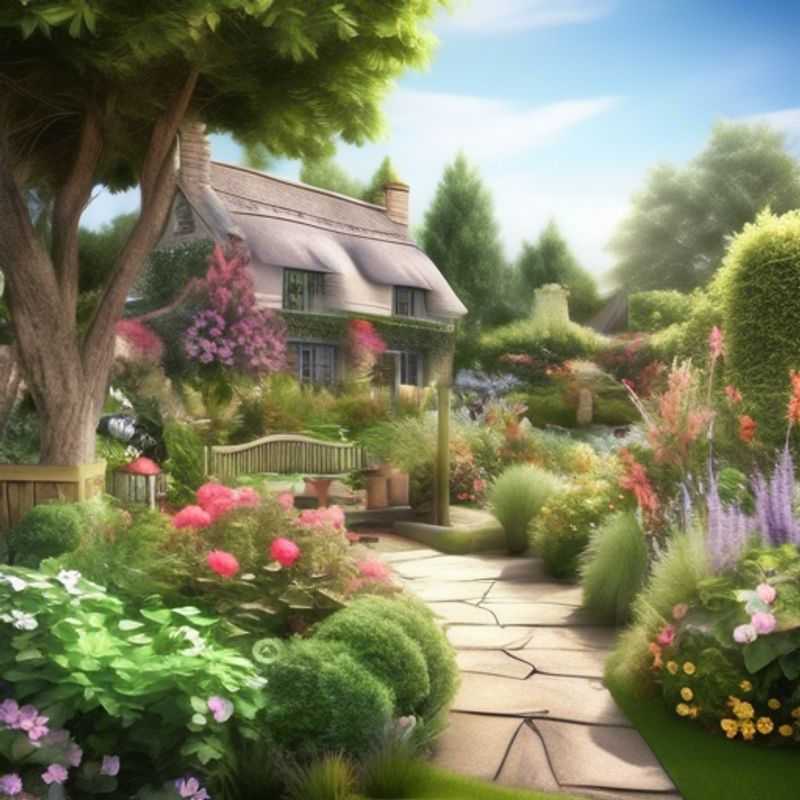
Embrace the Wild Side: Letting Your Garden Grow Naturally
Embrace a natural, overgrown look in your garden by allowing plants to grow freely and intermingle. This approach emphasizes a less structured, more relaxed aesthetic, often mimicking the wild beauty of nature. It can involve letting plants spread naturally, creating a layered and dynamic look. This style welcomes native wildflowers, grasses, and vines to intertwine freely, resulting in a visually appealing and ecologically beneficial environment.
Choosing the right plants is crucial. Consider the growing conditions of your area and select plants that naturally thrive in your climate. Opt for low-maintenance species that are less demanding and can flourish with minimal intervention. To create a truly natural look, incorporate a variety of textures and heights by using different plants. You can create a sense of depth and intrigue by letting plants cascade over each other.
Remember, this approach requires some initial planning and maintenance, even if it emphasizes a natural look. Regularly remove invasive species and prune back any plants that become too aggressive. It’s vital to ensure your garden remains aesthetically pleasing and doesn’t become overgrown to the point of being unmanageable.
This style can save you time and effort in the long run, as you'll need to spend less time on regular trimming and maintenance. Embrace the natural rhythm of growth and let your garden evolve organically over time. Enjoy the beauty of a more relaxed and uncontrived garden environment!
